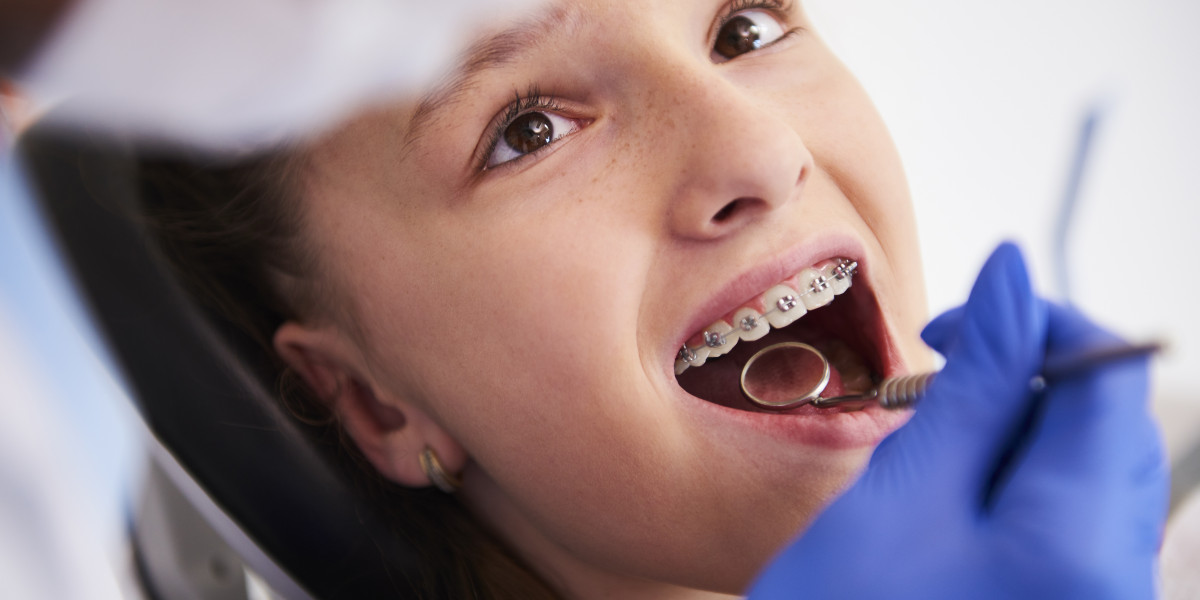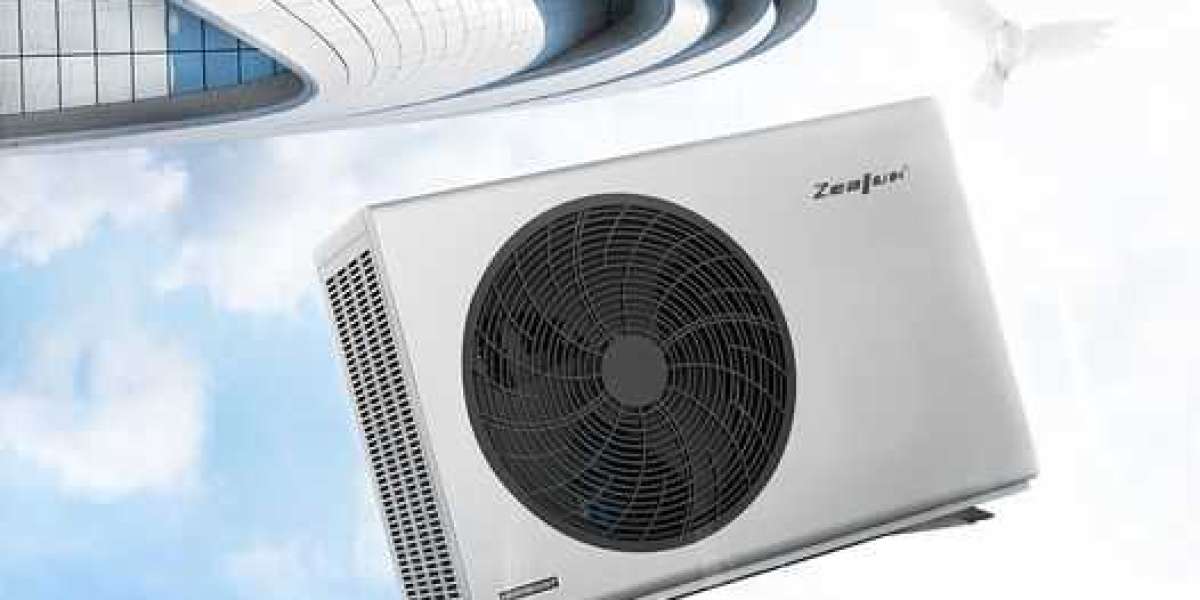If you’re struggling with bite-related concerns, you may be wondering: Can an orthodontist fix jaw alignment? The answer is yes. Orthodontists specialize in diagnosing and treating misaligned teeth and jaws, using various techniques to restore proper function and aesthetics. In this article, we’ll explore how orthodontists correct jaw alignment and the different treatment options available.
Understanding Jaw Misalignment and Bite Problems
Jaw alignment issues occur when the upper and lower jaws do not fit together properly. This condition, also known as malocclusion, can manifest in several ways, including:
Overbite – The upper front teeth excessively overlap the lower teeth.
Underbite – The lower teeth protrude past the upper teeth.
Crossbite – Some upper teeth sit inside the lower teeth rather than outside.
Open bite – A gap remains between the upper and lower teeth when the mouth is closed.
Jaw asymmetry – The jaw shifts to one side, causing an uneven bite.
These misalignments can be caused by genetics, childhood habits (such as thumb sucking), trauma, or abnormal jaw growth.
How an Orthodontist Can Fix Jaw Alignment
Orthodontists use a variety of treatments to correct jaw misalignment, depending on the severity of the issue. Here are some of the most common approaches:
1. Braces for Bite Correction
Braces are one of the most effective orthodontic treatments for correcting jaw alignment. They work by applying continuous pressure on the teeth and jaw, gradually shifting them into the correct position. Braces are commonly used to treat overbites, underbites, crossbites, and open bites.
Types of Braces:
Traditional Metal Braces – Strong and effective for severe jaw misalignment.
Ceramic Braces – Less noticeable than metal braces but equally effective.
Lingual Braces – Placed behind the teeth for a discreet appearance.
2. Invisalign and Clear Aligners
For mild to moderate jaw alignment issues, Invisalign and other clear aligners can be a great alternative to traditional braces. These aligners are custom-made to gradually adjust the teeth and jaw position. While they may not be suitable for severe jaw misalignment, they can effectively treat mild overbites, underbites, and crossbites.
3. Orthodontic Appliances
In some cases, additional orthodontic appliances are needed to help guide jaw growth and improve alignment. These may include:
Palatal Expanders – Used to widen the upper jaw in younger patients.
Herbst Appliance – Helps correct overbites by shifting the lower jaw forward.
Bite Blocks – Prevent excessive vertical growth of teeth, aiding in bite correction.
4. Jaw Surgery (Orthognathic Surgery)
For severe jaw misalignment that cannot be corrected with braces alone, orthognathic surgery may be necessary. This procedure, performed by an oral surgeon in collaboration with an orthodontist, involves repositioning the jawbones to achieve proper alignment. Surgery is typically recommended for:
Severe overbites or underbites.
Extreme jaw asymmetry.
Issues that affect breathing (such as sleep apnea).
Jaw surgery is usually combined with orthodontic treatment before and after the procedure to ensure optimal results.
Signs You Might Need Jaw Alignment Treatment
If you experience any of the following symptoms, it may be time to see an orthodontist for a jaw alignment evaluation:
Difficulty biting, chewing, or speaking.
Jaw pain or discomfort, especially when eating.
Frequent headaches or TMJ (temporomandibular joint) pain.
Uneven facial appearance due to jaw asymmetry.
Clicking or popping sounds when opening and closing the mouth.
Benefits of Jaw Alignment Correction
Correcting jaw alignment offers both functional and aesthetic benefits, including:
Improved bite function – Easier chewing and speaking.
Reduced pain – Less strain on the jaw muscles and joints.
Enhanced facial symmetry – A more balanced and attractive smile.
Better oral health – Properly aligned teeth are easier to clean, reducing the risk of cavities and gum disease.
Conclusion
Yes, an orthodontist can fix jaw alignment using a variety of treatments, including braces, Invisalign, orthodontic appliances, and, in severe cases, jaw surgery. If you suspect you have a bite misalignment, it’s best to consult with an orthodontist to determine the right treatment plan for your needs. With the right approach, you can achieve a healthier, more comfortable, and confident smile!



